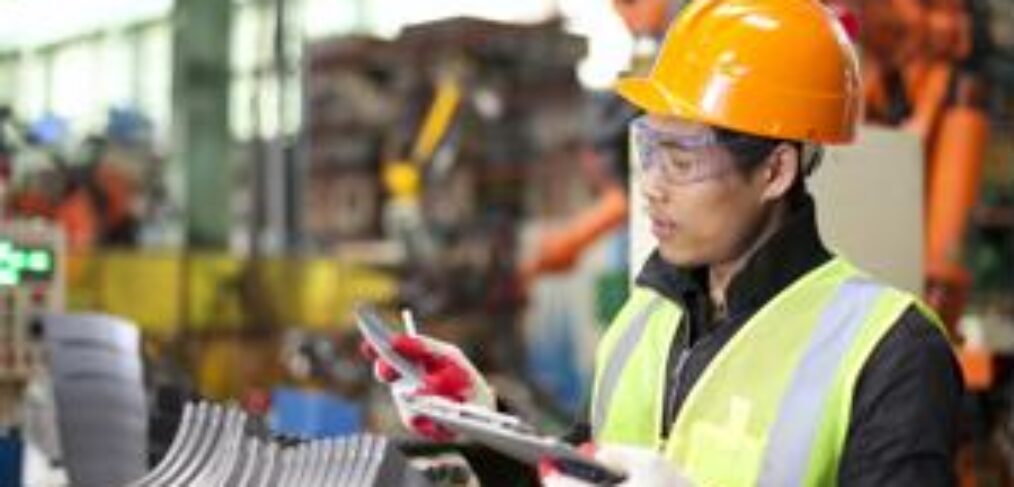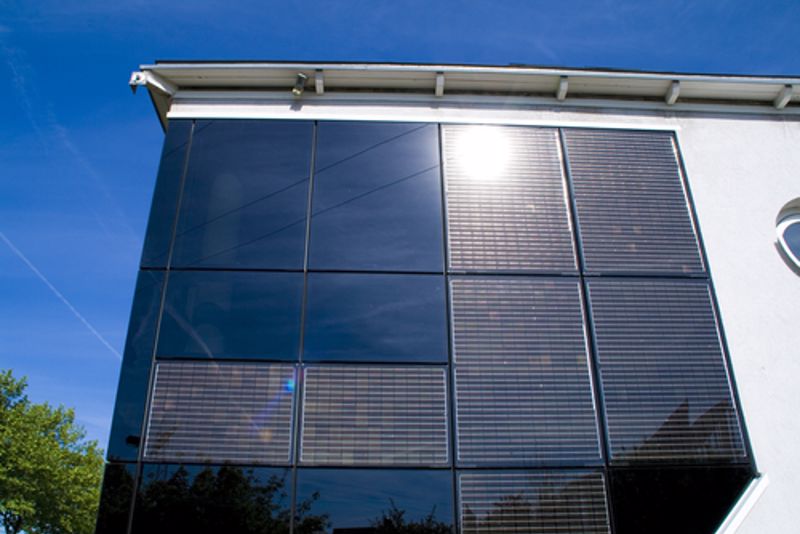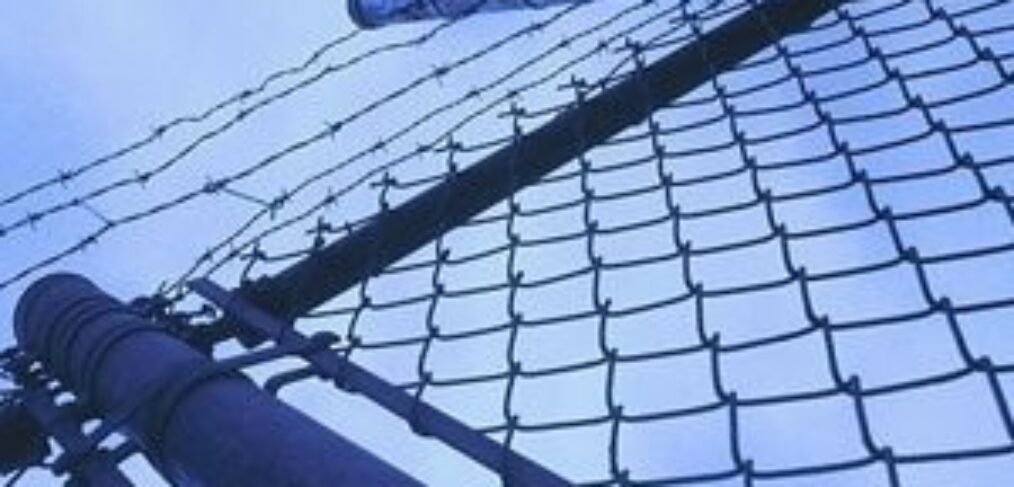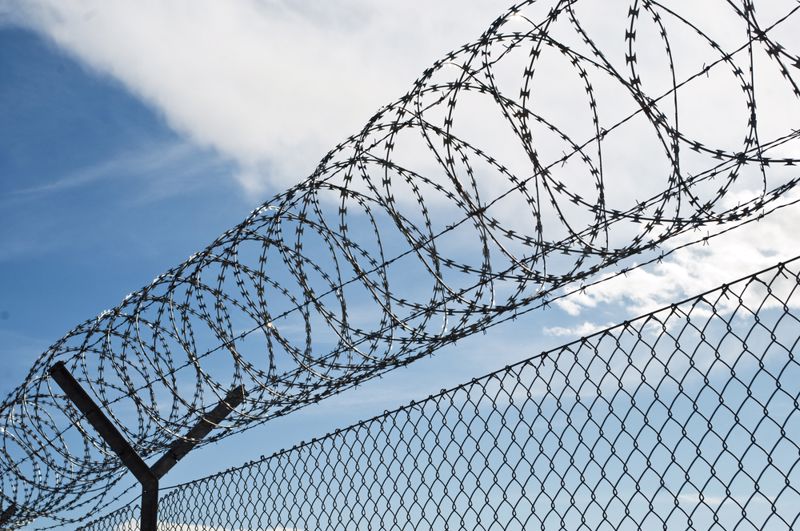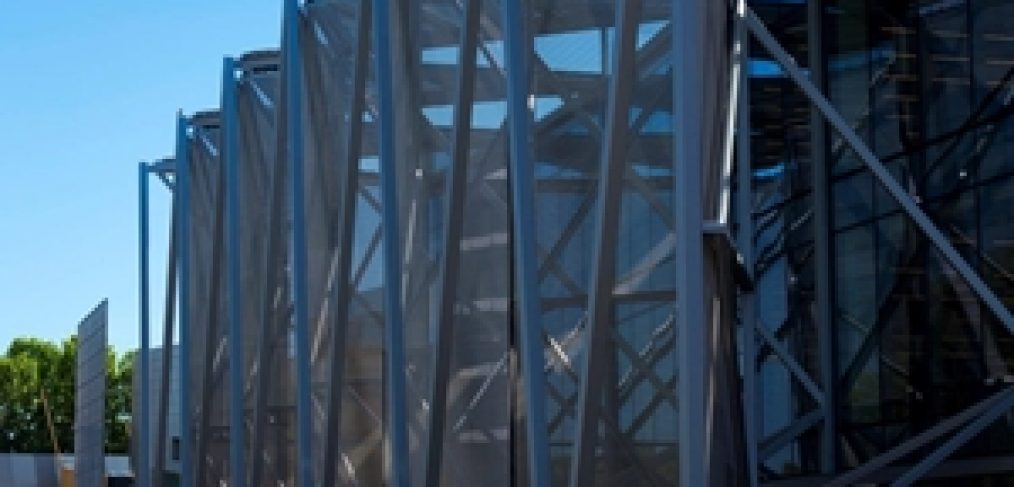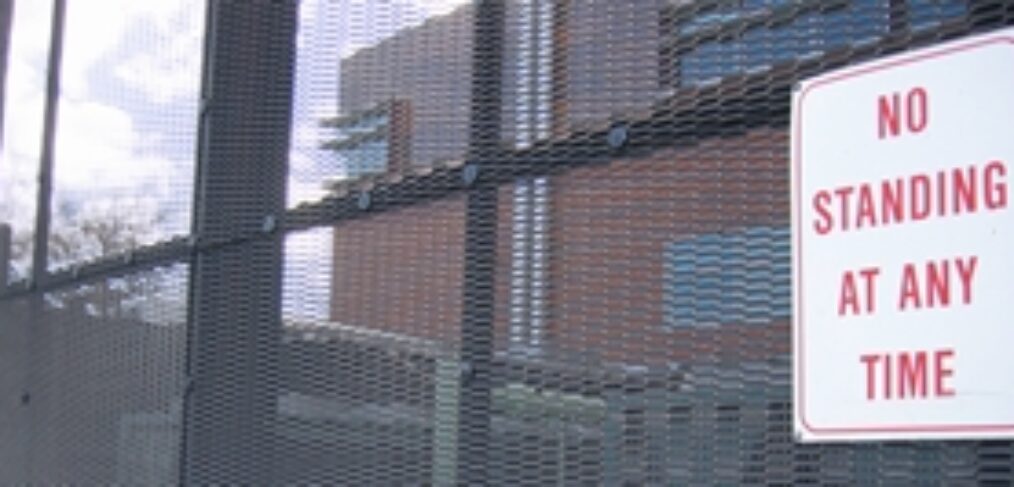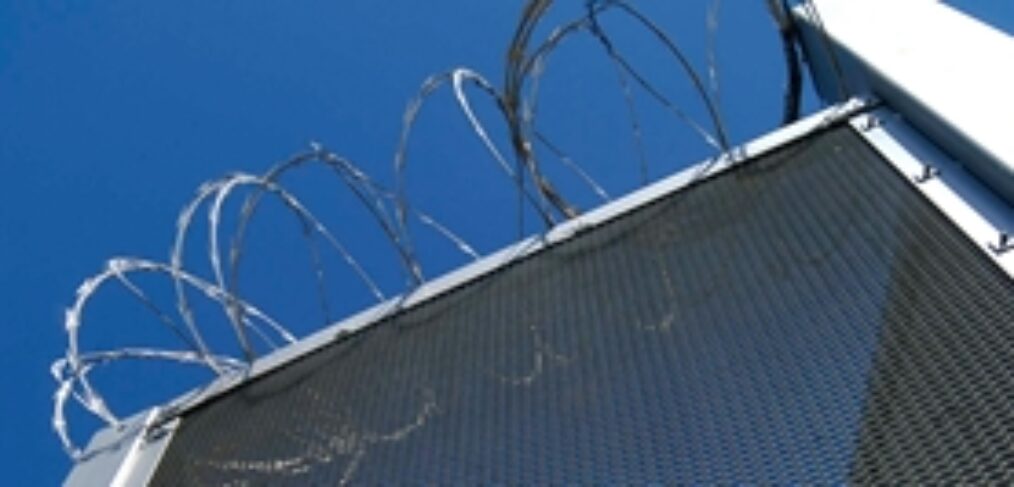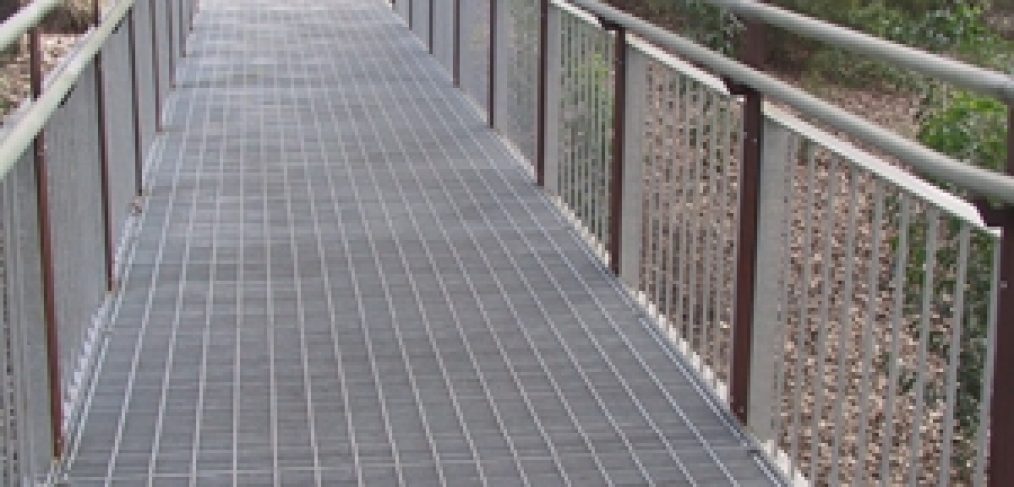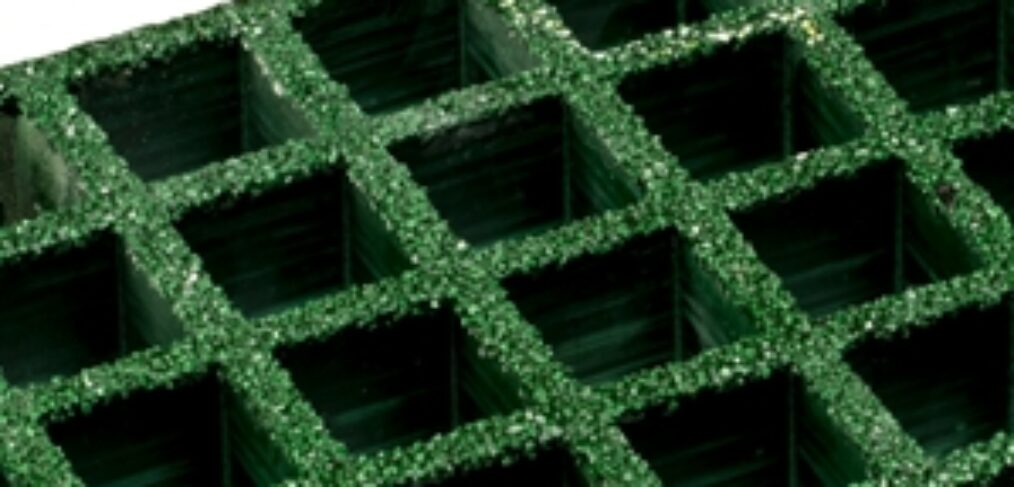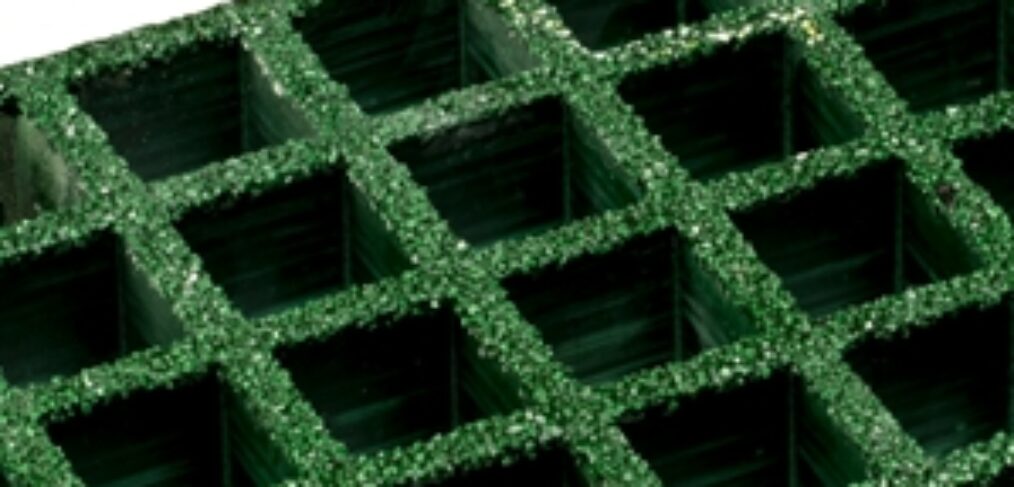The industrial industry as a whole is known as one of the most prominent consumers of natural resources with construction at the forefront. However, there are emerging methods of conserving these resources, cutting back on waste and recycling the materials that don't get used. This article will explore some sustainability methods you can put to use on your next project.
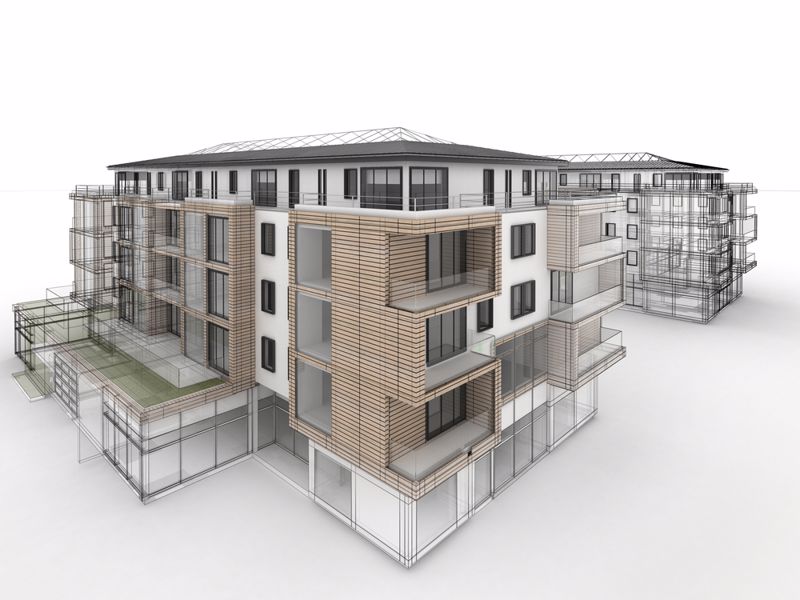
What is sustainable construction?
The construction industry contributes between 25% to 40% of the world's carbon emissions according to Thought Leadership Architecture 2030. Construction emits large amounts of carbon dioxide and methane into the environment. Infrastructure produced massive amounts of waste from unused materials and using nonrenewable resources.
Locker has found ways to improve the sustainability level of our facilities so construction operations are more efficient overall. Some of these initiatives include:
- Create efficiencies on the construction site.
- Use renewable energy.
- Cut down on energy consumption.
- Choose recyclable materials.
The main objective of creating sustainable and streamlined operations is to lessen the impact the industry has on the environment. The first step in doing so is looking at how operations can cut down on waste. We've taken a critical look at where our business can make better use of the materials available while cutting down on wasted resources like water, metal and energy.
Joyce Msuya, deputy executive director of UN Environment, says there are opportunities for improvements, "It's critical we have a big change over the next couple of years in how we do buildings and construction. We only need to look at the current norms and quality of many buildings to see that we can do much better."
The global impact of construction and the industrial industry as a whole is well known. Fortunately, the number of green-conscious businesses is growing and we've remained ahead of the trend.
Methods for green construction
There are new technologies and methods of improving energy efficiency and reducing harmful emissions into the environment. Let's take a look at a few different methods for improving your workflow's sustainability.
1. Sustainable supply chain management
Fleet management and supply chain transport are one of the leading emission factors for CO2 in Australia according to the Australia Vehicle Fleet. This fact indicates how easily the industry can improve its sustainability efforts by simply switching to greener transportation methods like electric vehicles and trains.
Even if you own and operate a smaller business, purchasing from local suppliers and loading up your delivery vehicles properly can cut down on emissions.
2. Choose recycled or natural building materials
Known as green metal, aluminium is one of the most environmentally friendly metals because of its sustainability. As the most recyclable industrial material, aluminium can be recycled infinitely to produce the same product. This is one of our primary materials for our facades, handrails, walkways and more.
3. Better waste disposal methods
Metal, as a highly recycled permanent material, saves raw materials, energy consumption and CO2 emissions. We believe in a real recycling society; no metal packaging should go to a landfill. Recycling 1 tonne of metal scrap uses up to 95% less energy than making 1 tonne of metal from raw material.
The metallurgical properties of steel mean it can be recycled continually with no degradation in performance, making it an intrinsically sustainable construction material.
4. Environmentally conscious building design
Constructing a building or material takes a lot of CO2. However, green buildings use a lot of recycled materials, use the surrounding environment to support the heating and cooling of the building, and don't require many materials to produce.
Our facades help reduce the use of energy by naturally cooling a building with shade. We take into account the building's angle throughout the day and where a facade would be more effective. In addition, they are developed using metal products that are built with longevity and minimal maintenance in mind.
Metal is valuable. There is only a limited amount of it on our planet so it is important to keep it out of the landfill. This way, it can be used again and again. Recycling metal also helps protect water quality and wildlife habitats because it reduces the amount of new metal that must be mined.
Committed to green construction
Locker has been committed to sustainability and efficiencies across our business from the beginning. For example, the holes punched out in our perforated metal are taken to a foundry and melted down so that the metal is available for our next project. Some of this metal was used for car part manufacturing.
Our team of experts will look at your building needs and help you find the best ways to cut down on energy, material and construction waste. We write sustainability into every step of the design process. To learn more or to get your next green project going, contact us today.

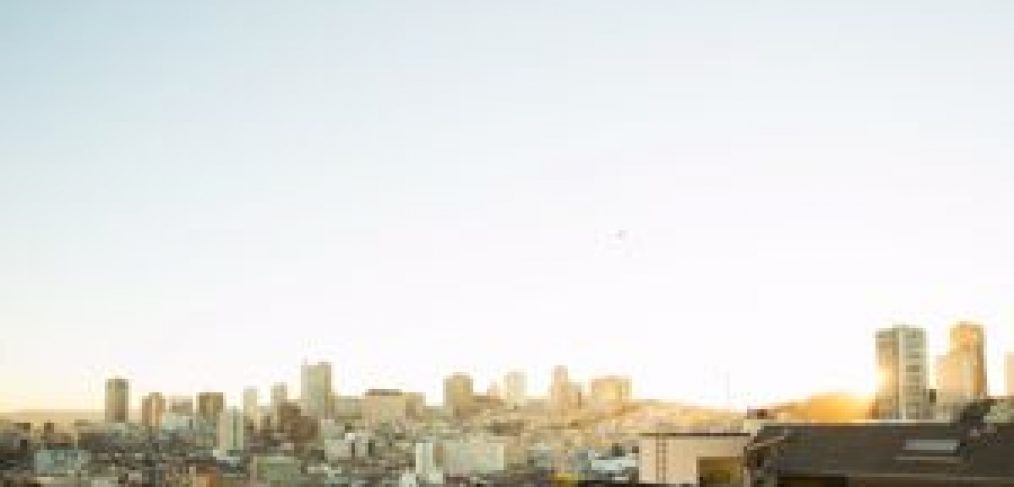

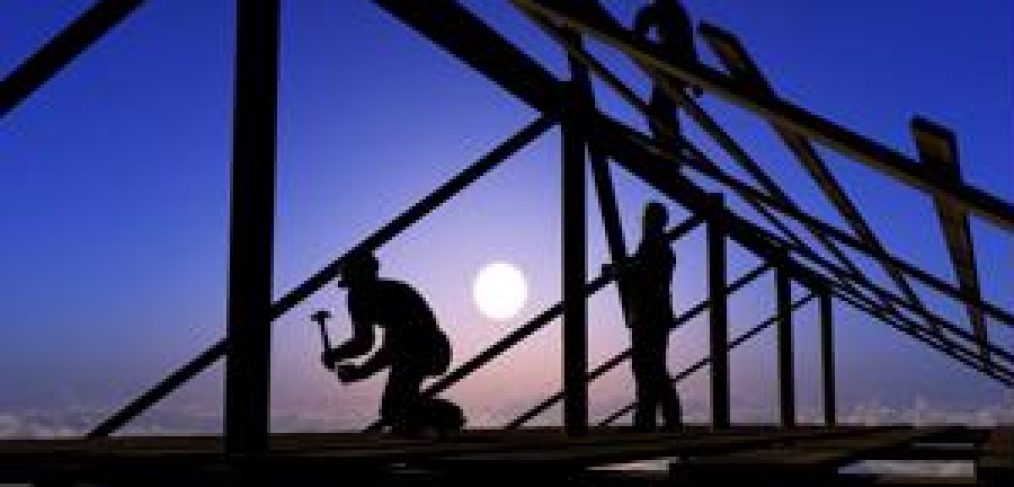
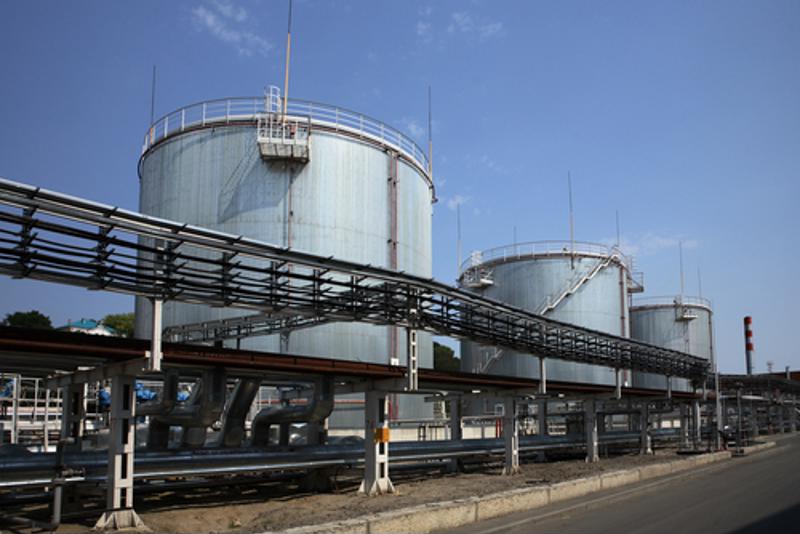 Industrial stair treads can prevent slips and falls.
Industrial stair treads can prevent slips and falls.